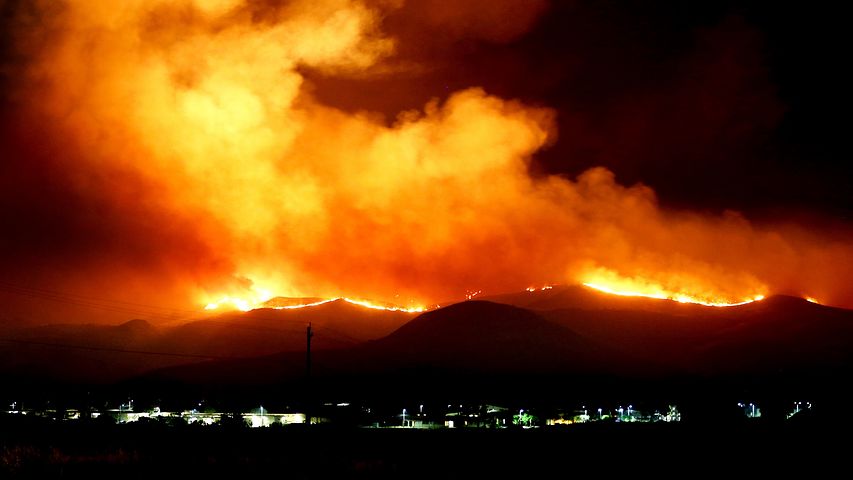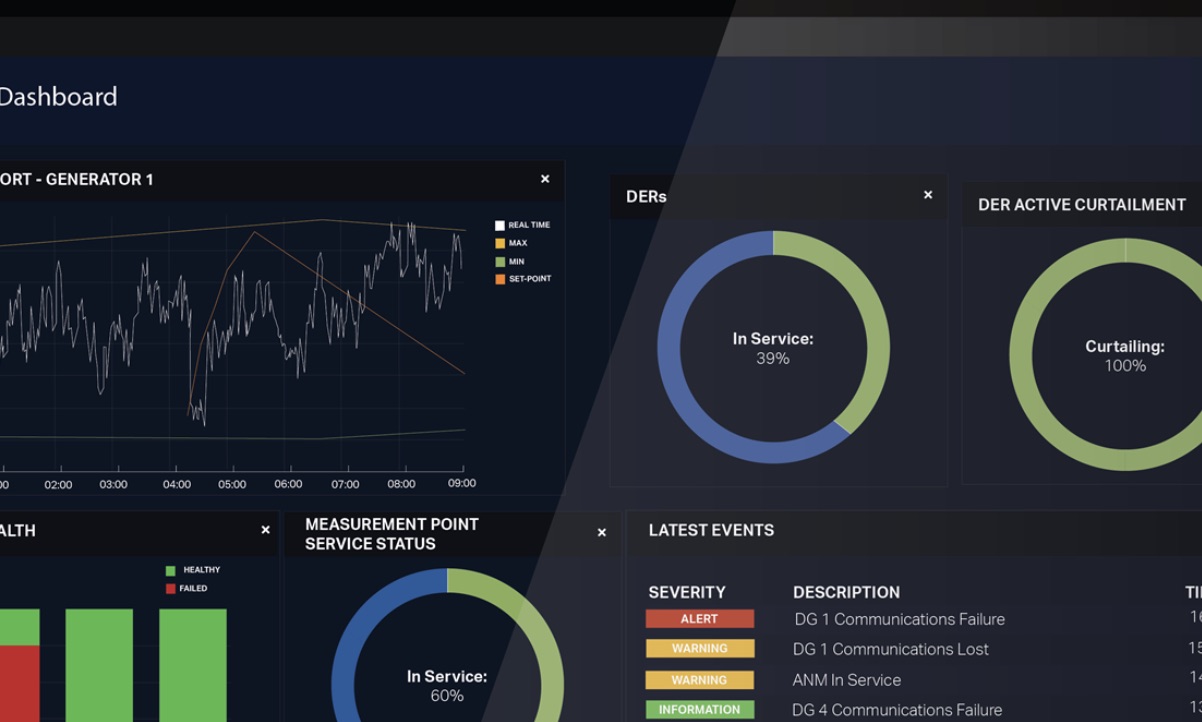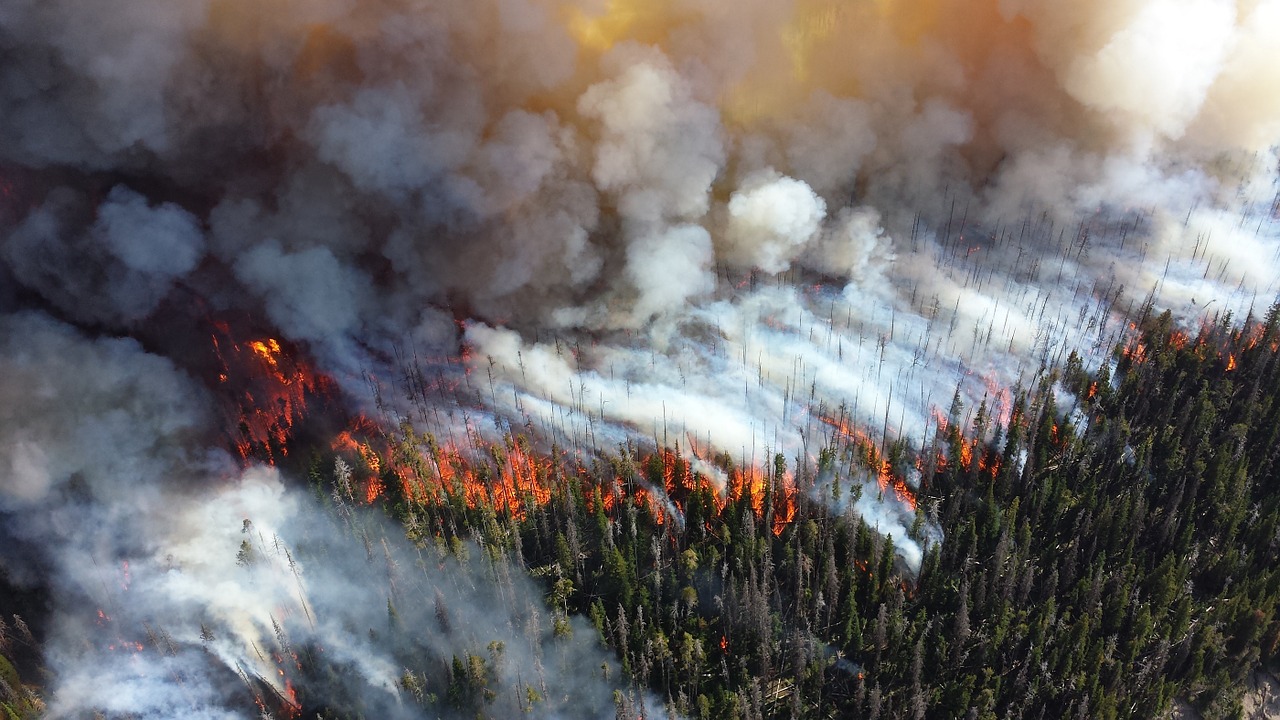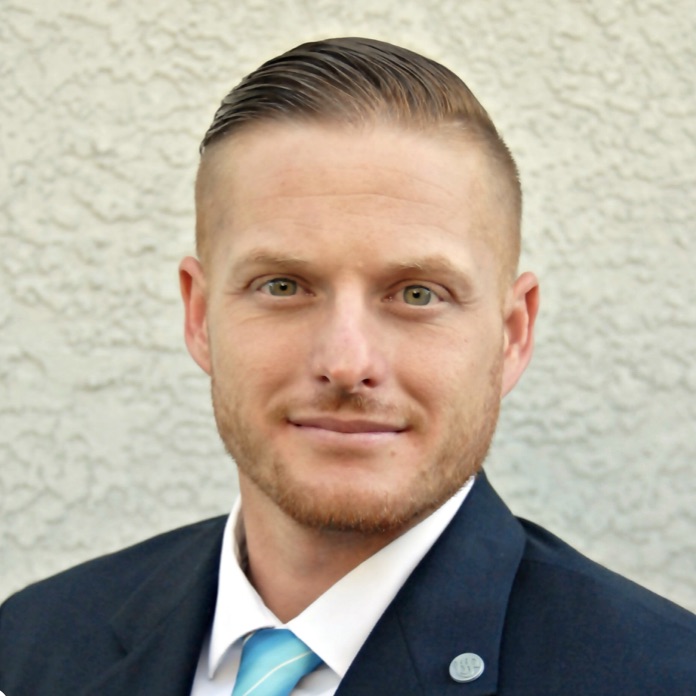Battling Wildfires: Microgrids offer a new approach to fire suppression
 Recent wildfires throughout California have led to a renewed discussion about ways Investor Owned Utilities (IOU) can adjust their operating procedures to reduce risk of such events happening again. One method that's being utilized by California IOUs is a program called Public Safety Power Shutoffs (PSPSs), where certain electric grid segments in areas at an elevated risk of wildfires will be pre-emptively turned off. These PSPSs can last from hours to days, and stay in place until the elevated wildfire risk has diminished. Intuitively speaking, the idea is simple: less energized high voltage feeds = less potential for sparks or downed lines. But, as with most things, it's not quite that simple.
Recent wildfires throughout California have led to a renewed discussion about ways Investor Owned Utilities (IOU) can adjust their operating procedures to reduce risk of such events happening again. One method that's being utilized by California IOUs is a program called Public Safety Power Shutoffs (PSPSs), where certain electric grid segments in areas at an elevated risk of wildfires will be pre-emptively turned off. These PSPSs can last from hours to days, and stay in place until the elevated wildfire risk has diminished. Intuitively speaking, the idea is simple: less energized high voltage feeds = less potential for sparks or downed lines. But, as with most things, it's not quite that simple.
De-energizing large utility grid segments mitigates one problem, but brings other risks. Critical infrastructure like hospitals, fire stations, and police stations will not be exempt from losing power. This means that facilities and local municipalities will need a plan to continue functioning during PSPSs - that's where microgrids come into play.
The idea surrounding microgrids is straightforward. Utilize Distributed Energy Resources (DER) to serve load instead of transmission network imports. The inherent problem surrounding this approach is less a technical issue and more of an operational one. As a safety measure, most DER is designed specifically to turn off during grid outages to ensure that current is not flowing on wires thought to be de-energized. Asking these devices to stay on and produce power on IOU distribution infrastructure is counter-intuitive to traditional DER operating parameters.
Turning on DER and letting unregulated power flow back onto the grid is not an option. Utility grids are not designed to operate in this manner. Fault detection and mitigation will not detect the minimal amount of current flowing from DER. Even if they did, they might be incapable of clearing the fault. That's why advanced controls, programming, and an automated hierarchy of operating procedures are absolute necessities for any microgrid, as the DER must be operated in tune with existing utility distribution equipment.
Generation and load shedding must work in concert to sustain the most critical areas for as long as possible. In order to achieve this high level of coordination, everything must be managed from a central operating system; like traffic lights, they need to send energy to the right place, or redirect, slow, and stop things if there is a problem or limitation. As the amount of available energy starts to diminish during a PSPS event (i.e. batteries start to drain, sun starts to set, etc.) load must then be systematically shed in order of importance to maintain power as long as possible. In many ways, microgrids would serve a similar capacity to backup generators at a hospital, where loads are segregated in order of importance, and generators work to maintain critical services for as long as possible.
 This central management system must serve other functions because, as noted above, protection devices will not work. Close coordination with the utility, and a thorough understanding of their infrastructure is essential in order to maintain power quality and manage faults. One way to manage this concern is to take a scalable approach, whereby very small line segments could operate as a microgrid, and then be expanded to include other areas after completing functional tests.
This central management system must serve other functions because, as noted above, protection devices will not work. Close coordination with the utility, and a thorough understanding of their infrastructure is essential in order to maintain power quality and manage faults. One way to manage this concern is to take a scalable approach, whereby very small line segments could operate as a microgrid, and then be expanded to include other areas after completing functional tests.
While the challenges can seem daunting, resources exist that can balance wildfire risks with utilizing DER to its full capability. Recent innovations in grid edge monitoring control mechanisms, like telemetry and Distributed Energy Resource Management Systems (DERMS), play a key role in the equation - they provide key data and control points that, until recently, were unavailable. These data points would feed back into a centralized control platform that would use them to calculate the best movements of energy to the right places at the right time.
Future iterations of smart inverter control protocols could be configured for operating in fire suppression mode, where DER is allowed to operate even while the grid is de-energized. This could be managed through a control signal sent from utility DERMS systems to the customer's behind-the-meter DER, to allow operation during very specific grid states (such as a PSPS). While smaller in scale, this approach could work for specific loads, but would limit the effectiveness of microgrids to a specific customer or set of customers. The upside would be a shorter path to implementation at the cost of overall effectiveness to the grid at large.

The pros and cons of using PSPSs are still being debated, but as stakeholders continue to innovate new ways to balance wildfire risks with critical load supply, the conversation will undoubtedly lead to microgrids at some scale. It's a new way to manage an age-old problem, and takes advantage of existing renewable energy resources and new DER control technologies to increase operating resilience and public safety.
 Tim McDuffie P.E. is Senior Business Development Engineer at Smarter Grid Solutions (SGS). SGS software has sub-second, autonomous and deterministic control, back-ups and fail-safes required for 'on grid' applications, to interface DER to both markets and networks.
Tim McDuffie P.E. is Senior Business Development Engineer at Smarter Grid Solutions (SGS). SGS software has sub-second, autonomous and deterministic control, back-ups and fail-safes required for 'on grid' applications, to interface DER to both markets and networks.
Smarter Grid Solutions | www.smartergridsolutions.com
Author: Tim McDuffie P.E.
Volume: 2019 November/December









